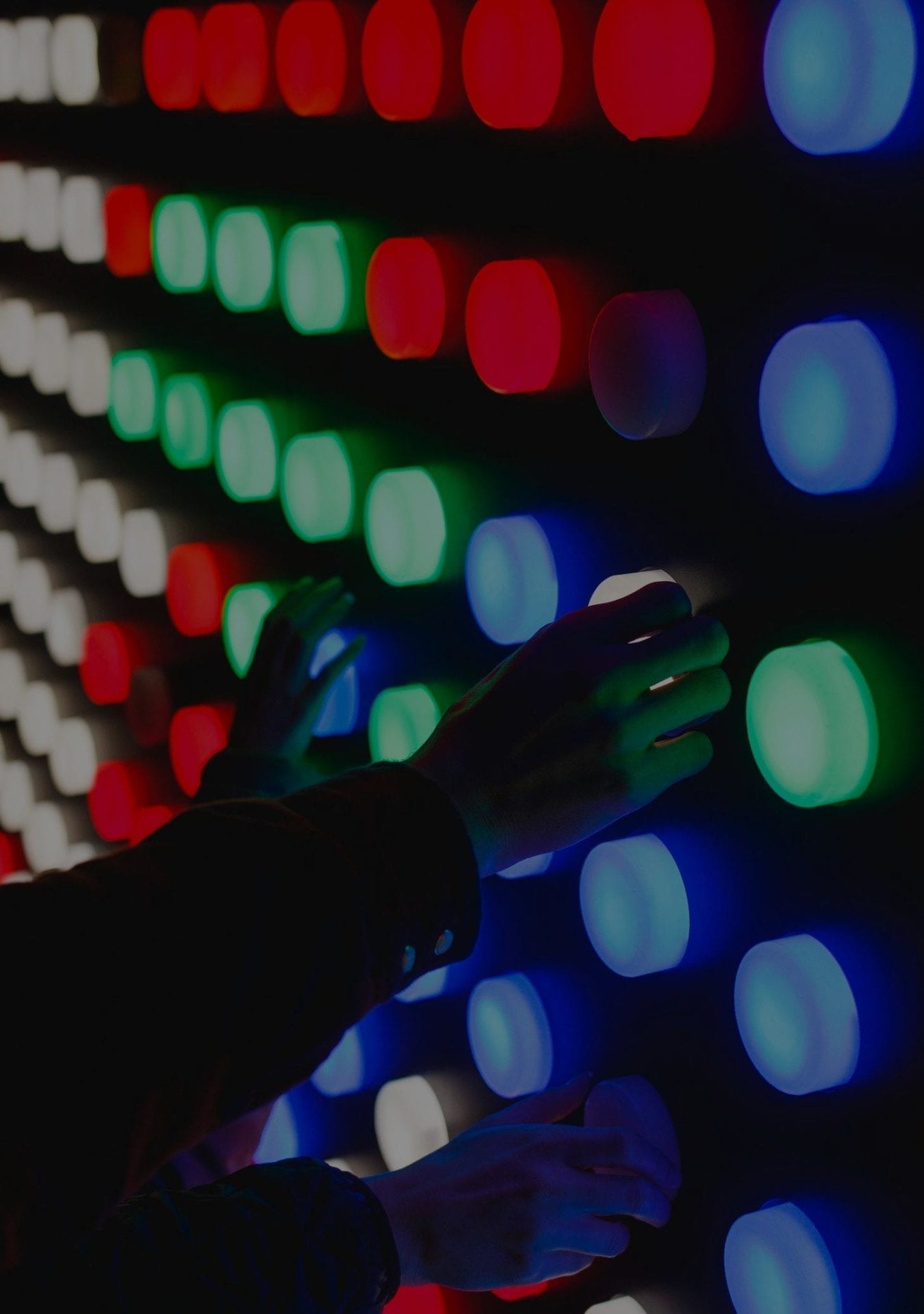The power of partnerships is well known, and in the world of experiential they are often the key element of a successful activation. In recent years, the rules of engagement have changed, enabling even more collaborative and effective connections.
Our white paper – Live Amplified, developed in collaboration with a range of industry experts, explores why experiential is essential to a brand’s authenticity, and how to get it right. The power of truly effective partnerships in this space, and the need to behave authentically in your chosen playground, are two of the factors we believe are fundamental to successful experiential strategy
One of the big changes over the past five years has been the shift in mindset from sponsorship to partnership. Traditionally partnership formats were very transactional. Brands were able to simply pay their fee and then dictate all elements of the activation. Those days are gone. Both event audiences and partners have started to push back and insist on an authentic fit.
Partners are understandably protecting their properties fiercely, and the audience base they have worked to establish. So, brands need to ensure they are engaging in the right way with the audience at exactly the right moment within the experience, for the mutual benefit of brand, partners and audience.
Build partnerships that spark
Finding the right partner is key to maximising experiential’s potential. This applies to all partners, from event owners to the social publishers who are critical in ‘turning up the volume’. They can help magnify impact at the event, amplify reach around the event and connect the dots across every stage of the campaign.
It’s not just about what a partner can bring to the table; they need to be aligned with a brand’s ethos and values. When choosing a partner, brands need to work with them closely to ensure everyone wins. This demands transparency and trust from the outset.
Partners know the hooks and tone-of-voice that work best for their audience. Brands can capitalise on these insights by involving partners early, being clear on their agenda and respecting the outcomes they’re looking for.
Next, brands need to work on building the big idea together with their partner – relinquishing a little of the control that in the past was the domain of the brand. As Adam Clyne, founder and CEO of social media agency Coolr puts it: “At the end of the day, the most important thing is ensuring there’s a creative story that the brand partner can endorse. That’s much more likely to happen when there’s shared ownership.”
Capitalise on long-term strategies and it’s possible to deepen and lengthen audience connections. By thinking longer-term, brands can more closely align with a partner, adding authenticity and value to the experience. Typically, a partner’s relationship with its audience extends well beyond the experience itself. For example, 50% of attendees at Camp Bestival (part of Live Nation) consider it their primary holiday of the year, meaning they’re fully engaged across multiple months, from pre-planning to sharing treasured memories afterwards.
Jo Bennett from Camp Bestival explains: “You can’t buy credibility. There’s a fine line between investing in culture and exploiting it; and the brands that reap the most rewards demonstrate that they share an event’s core values. That creates a base level of trust from the audience, opening them up to a conversation.”
Know Your Playground
Events, of course, are brands too. They have a distinct identity that make them particularly attractive to a certain group of consumers. Often, they command levels of engagement and loyalty that most marketers would die for.
Any third party entering this environment needs to fit natively. If its presence feels out of place, it’s likely to be ignored – or even actively rejected. Brands should start by asking, “Is my brand playing in the right places to maximise acceptance and receptivity?”
It’s important to demonstrate commitment to consumers. Brands that establish a regular presence at events are often seen to be fully invested. Over time, they can weave themselves into the cultural fabric and become an integral part of the experience.
Details matter. Brands need to do more than simply find the right location. Many other companies will be playing there too. The strategy should not only establish the right place to activate but fully understand the boundaries of that space to find clever ways of creating cut-through.
Leveraging seasonality can create powerful associations. As Jamie Belnikoff, who heads up 2CV’s dedicated experiential research unit puts it, seasonality can give brands a powerful shortcut, allowing them “to tap into all the cues and emotions associated with a specific time of year”. Strongbow has successfully leveraged its association with summer through an ongoing and successful relationship with festivals, which provides a relevant and synonymous fit.
When it works
As Bas Bakker, Marketing Manager at our client Strongbow, says: “Go with what people love, find the cultural sweet spot, and ensure you have a clear brand narrative in place. Activate all this effectively and you’ll surprise and delight both your audience and the partner you’re working with, leading to deep engagement.”
That’s what best practice looks like now, and all stakeholders – brands, partners and audiences – can benefit as a result. In order to fully leverage the potential that partnerships offer to brand experience, get the rules of engagement right from the outset with like-minded partners where true collaboration can deliver authentic and compelling experiences. That’s where success lies.
As published in The Drum





